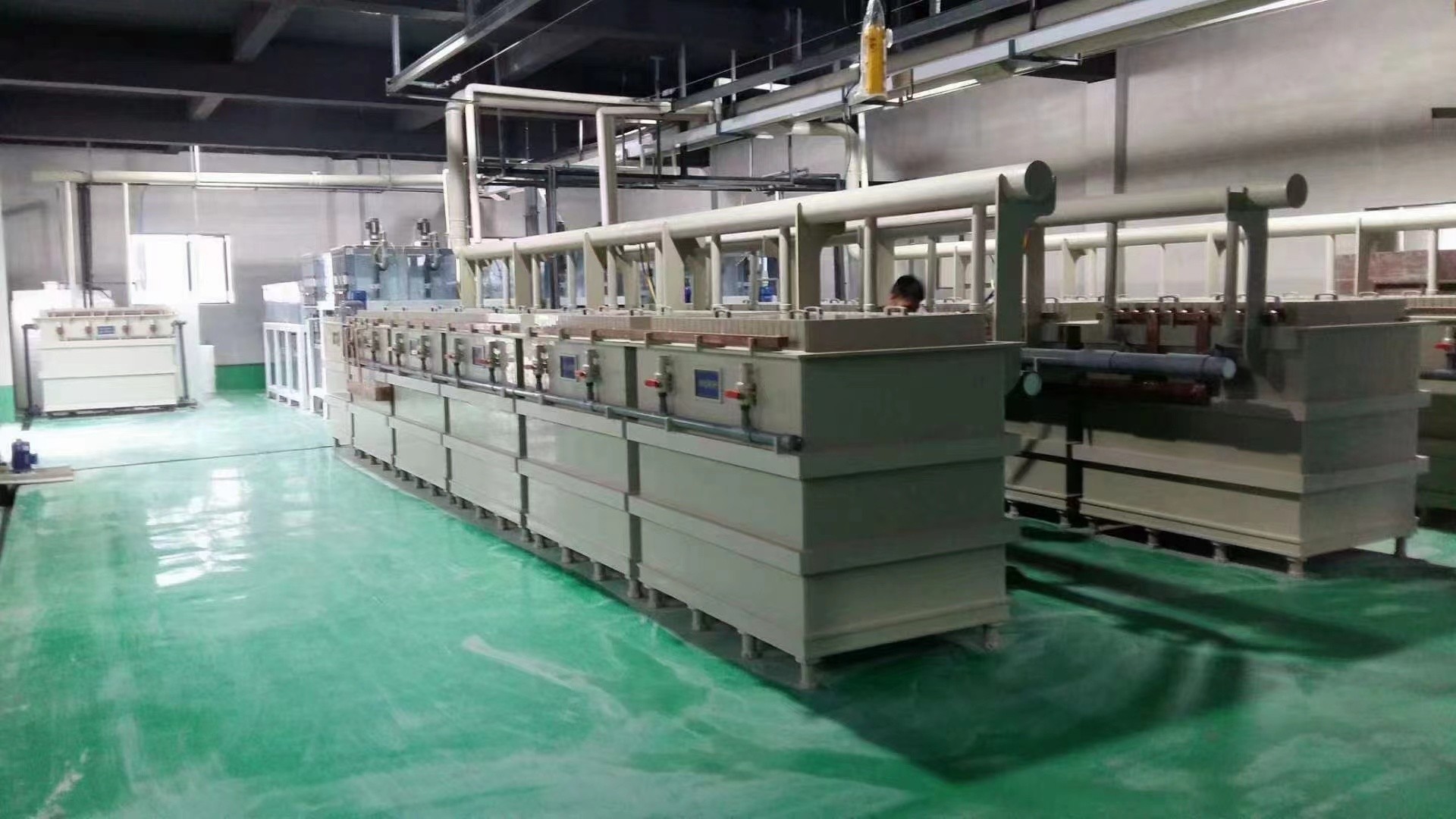NEWS&EVENTS
Home > News&Events > Company news > The role of electrolytic copper equipment in the regeneration of scrap copper
In the process of my country's economic and social development, the contradiction between my country's copper production and consumption is getting bigger and bigger. Recycling scrap copper can not only solve the problem of my country's copper resource shortage, but also meet the current national major needs of energy conservation, emission reduction and environmental protection. There are two ways to recycle scrap copper: one is direct utilization and the other is indirect utilization. Among them, electrolytic copper equipment is an important equipment for scrap copper recycling.
Direct utilization is to directly smelt high-quality scrap copper into refined copper or copper alloy. Compared with enterprises that directly use electrolytic copper to produce copper materials, the direct production of copper plates and strips using high-quality scrap copper has obvious cost advantages.
Indirect utilization is to smelt the base metals in scrap copper to make anode plates, and then obtain electrolytic copper in electrolytic copper equipment. According to the process flow, indirect utilization can be divided into one-stage method, two-stage method and three-stage method.

The one-stage method is to send high-quality scrap copper or solid coarse copper into the anode furnace for smelting. After melting, oxidation, reduction, casting and other processes, it is electrolytically refined to produce high-purity cathode copper products. The one-stage preparation process has the advantages of short process, simple equipment and low investment, but the smoke generated is complex and difficult to control, and the smelting process is time-consuming, the production efficiency is low, and the metal recovery rate is low.
The two-stage method refers to putting the scrap copper into a blast furnace or a converter for smelting to obtain crude copper, which is then smelted in an anode furnace, and then cast into an anode and sent to the electrolytic copper equipment. This method has a wide range of applications and has been widely used in China. High-zinc yellow scrap copper and white scrap copper are suitable for blast furnace smelting and reverberatory furnace refining, while high-lead and zinc scrap copper can be blown through a converter, so that the lead and tin enter the converter slag and the secondary crude copper produced is sent to the reverberatory furnace for refining.
The three-stage method sends the scrap copper into a blast furnace for smelting to obtain black copper, which is then blown by a converter to obtain secondary crude copper, and the secondary crude copper is sent to a reverberatory furnace for refining. The advantage of the present invention is that the comprehensive utilization rate of raw materials is high, but the process is complex, the equipment is large, the investment is large, and the environmental pressure is large.
As my country's demand for copper resources continues to increase, copper resources are becoming increasingly depleted, and the development and utilization of copper resources is becoming very important and urgent. Electrolytic copper equipment, reverberatory furnaces, etc. play an important role in the regeneration of scrap copper.